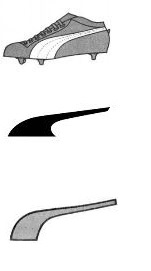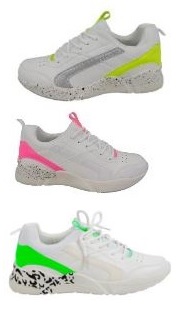Trademark agency Abcor - protect your trademark
Contact
If you have questions or want to know more about our services?Please mail: info@abcor-ip.com
Please call: 31 (0)71 576 3116
In the lawsuit, reports were submitted to substantiate which compensation Max would normally receive for appearing in a commercial. It is unclear whether a calculation was made how much this campaign has saved Picnic. The court ultimately determines the compensation at € 150,000. In my opinion a pittance, given the purpose of Picnic to put their brand on the map in one go. The argument that the Picnic cannot be blamed for the campaign going viral does not hold much water. In fact, that is precisely what it was intended to do. Hopefully parties will appeal, allowing this factor to be included. It cannot not be that intentionally infringing behavior is rewarded in the Netherlands.
advertising-law
